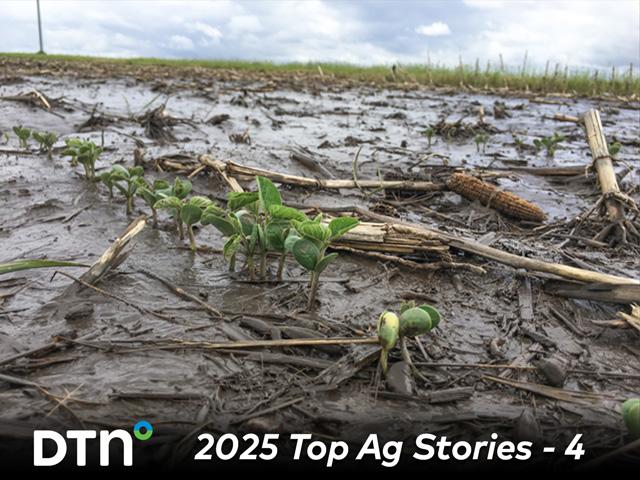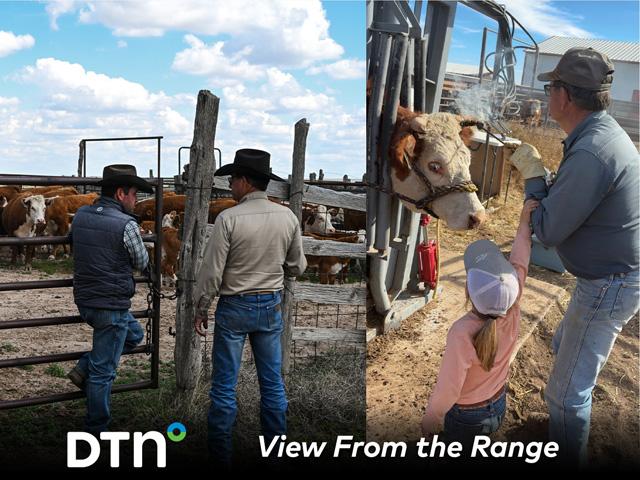How to Revive Pastures Post-Drought
4 Management Practices to Help Your Pasture Recover From Drought Damage
OMAHA (DTN) -- Decent rainfall across the Midwest this growing season has helped improve pasture conditions. But one season of good rains will not be enough to undo the damage to drought-stressed pastures after multiple years of dry conditions, according to forage experts.
University of Missouri Extension state forage specialist Carson Roberts and forage agronomist Valerie Tate said in a recent news release that mismanaged pastures may continue to see a drag in production despite the return of ample moisture.
Weakened plants and poor infiltration are two key factors in the continued decline in grass production. Weakened plants are a product of both overgrazing and drought, according to Roberts and Tate.
The root systems of overgrazed, drought-stressed grasses can be reduced, inhibiting the plants' ability to access moisture in the soil.
Roberts and Tate recommend producers implement four grazing management practices to help their pastures fully recover from multiple years of drought damage.
1. Allow pastures to rest.
P[L1] D[0x0] M[300x250] OOP[F] ADUNIT[] T[]
Resting pastures allows plants to invest in their roots. Restocking too quickly after drought can put more pressure on the pasture before plants have adequately recovered. Haying or mowing weakened grass can also keep plants from healing their root systems, Roberts and Tate stated in the release.
2. Manage fertility.
Weakened root systems are less capable of accessing nutrients. Good fertility can help to speed up plant recovery.
Consider collecting soil samples for analysis, Roberts and Tate said. Priority may be given to amending pH followed by phosphorus and potassium.
Good infiltration is key to highly productive pastures. The amount of precipitation is far less important than the amount of rainfall captured by the soil, they said.
3. Reduce compaction.
Compacted soils have poor infiltration and water-storing abilities. Wet or moist soils are most susceptible to compaction. Avoid driving large vehicles across pastures, especially when the soil is wet, they said in the release.
4. Develop a litter bank on the soil surface.
Litter provides a host of benefits, including reduced splash erosion, increased soil aggregation and lower soil surface temperatures. A good thatch will protect the soil from the raindrops, Roberts and Tate said.
A good thatch layer can be established by allowing pasture to rest and "waste" some grass. This can be difficult but remember that a deposit to the litter bank is an investment that will pay dividends in the future, Roberts said.
Poor infiltration and weak roots can combine to create a compounding effect on the productivity of a pasture between rains. Improving both is important to future productivity, regardless of the amount of rainfall, according to Roberts.
"Remember, it is not about how much rain you get," he said. "It's about how much rain you can keep and access."
Russ Quinn can be reached at Russ.Quinn@dtn.com
Follow him on social platform X @RussQuinnDTN
(c) Copyright 2024 DTN, LLC. All rights reserved.






